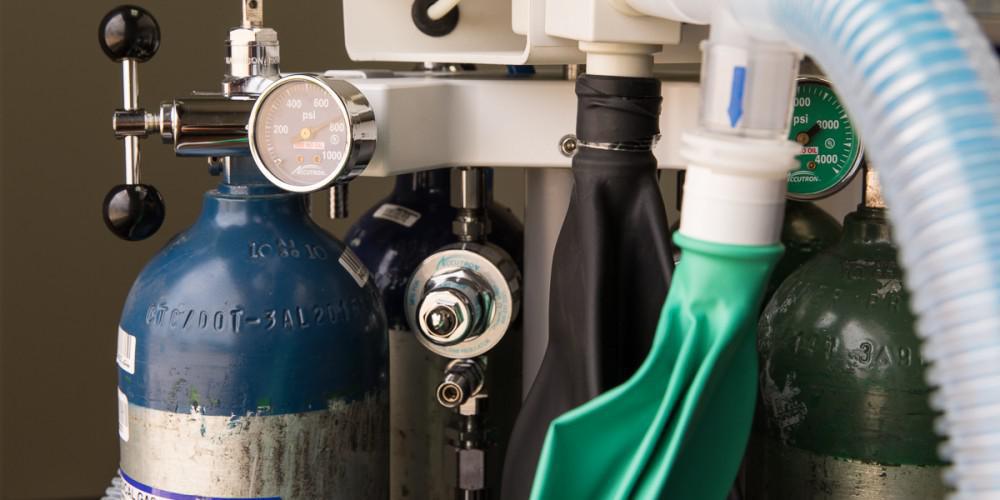The small north Atlantic country has a volatile nature that was confirmed when a 2,000-2,300-foot-volcanic vent appeared near Mount Fagradalsfjall, only 40-mile-drive from the capital city, Reykjavik, creating a fiery lava flow visible from space.
Eruptions forecast by the University of Iceland and the country’s meteorological office began on March 19, 2021, following more than 50,000 earthquake tremors over 15 months. Fissures opened in the Geldingadalur valley south of the peak, spilling out rivers of lava and bringing an end to nearly 900 years without eruptions on the southern Reykjanes Peninsula.
Fireworks began at around 9PM as a lava field spread out from the fissure covering an area of about a square kilometer (0.39 sq mi). Compared to most other Icelandic eruptions, the lava flow was low and stable, but gases such as hydrogen sulfide, sulfur dioxide and carbon monoxide are often emitted, and can be lethal.
Authorities warned people to take care, approaching the area as residents and tourists flocked to the site in cars and on foot. Spectacular footage of the eruptions appeared on television and online around the world, with drone cameras capturing one of nature’s most arresting and powerful displays. Webcams also showed lava pouring from the lip of built-up craters.
New fissures and craters opened up over the following weeks, spilling lava into the neighboring Meradalir valley, but activity slowed. Trace analysis shows that the magma feeding the eruption was not typical for the peninsula, reflecting a distinct new magma originating from the Earth’s mantle, nine miles deep. Readings of the surface heat suggested temperatures of around 1180–1190 c or 2156–2174 F).

